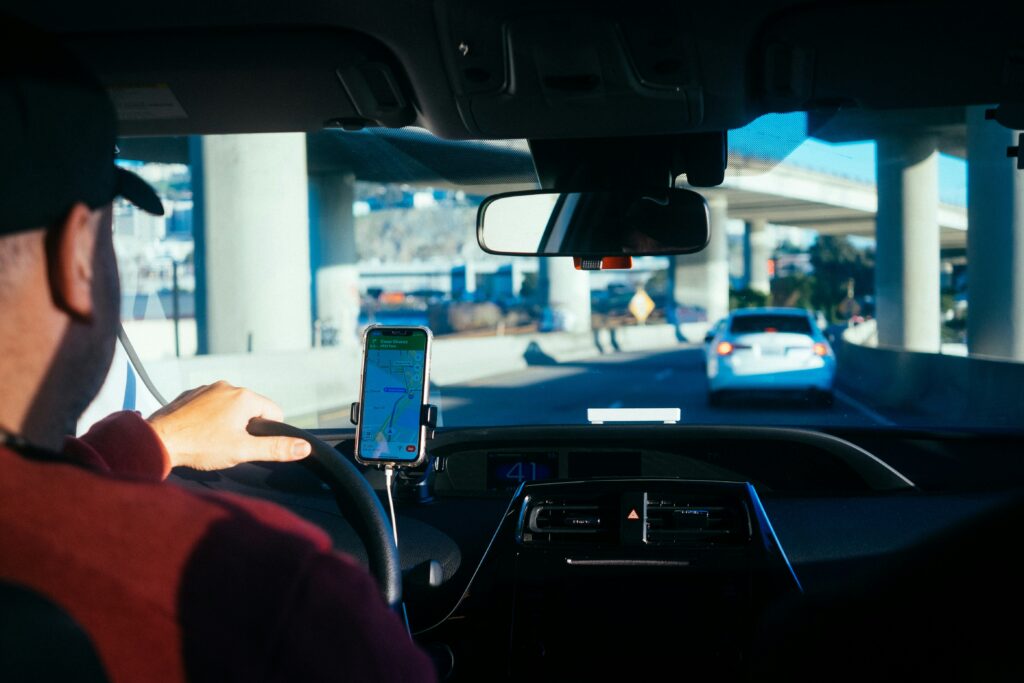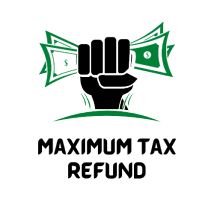As an Uber driver in Australia, understanding how to maximise your tax return is crucial for improving your net earnings. This comprehensive guide will help you navigate through the intricacies of tax deductions, credits, and record-keeping in the Australian context. Let’s dive in!
Table of Contents
- Understanding Your Tax Obligations
- Key Tax Deductions for Uber Drivers
- Mileage and Vehicle Expenses
- Depreciation
- Mobile Phone and Service
- Tolls and Parking Fees
- Snacks and Amenities for Riders
- Car Cleaning and Maintenance
- Insurance
- Keeping Accurate Records
- Paying GST and Lodging BAS
- Maximising Deductions with Proper Documentation
- Common Tax Mistakes to Avoid
- Utilising Tax Software and Professional Help
- Tax Offsets Available to Uber Drivers
- Preparing for Tax Season
1. Understanding Your Tax Obligations
As an Uber driver in Australia, you are classified as an independent contractor. This means you are responsible for paying income tax, the Goods and Services Tax (GST), and the Medicare levy on your earnings. Understanding these obligations is crucial to avoid any surprises during tax season.
2. Key Tax Deductions for Uber Drivers
Mileage and Vehicle Expenses
One of the most significant deductions available to Uber drivers is related to vehicle expenses. You can choose between two methods: the Cents Per Kilometre Method or the Logbook Method.
- Cents Per Kilometre Method: For the 2023-24 tax year, the Australian Taxation Office (ATO) rate is 78 cents per kilometre. This rate covers all vehicle-related expenses, including fuel, oil, servicing, registration, and insurance. You can claim up to 5,000 business kilometres per car.
- Logbook Method: This method involves keeping a logbook for a minimum of 12 consecutive weeks and allows you to claim the actual costs incurred for operating your vehicle based on the percentage of business use.
It’s essential to track all kilometres driven for business purposes and maintain a logbook or use an app for accurate record-keeping.
Depreciation
If you choose the Logbook Method, you can also depreciate your vehicle. Depreciation allows you to deduct the cost of your car over its effective life. The ATO provides guidelines on how to calculate depreciation, which typically spans eight years for a vehicle.
Mobile Phone and Service
Your mobile phone and service plan are necessary tools for your Uber business. You can deduct a portion of these expenses based on the percentage of business use. Keep detailed records of your phone usage for both business and personal purposes.
Tolls and Parking Fees
Tolls and parking fees incurred while driving for Uber are deductible. Ensure you keep all receipts and maintain accurate records of these expenses.
Snacks and Amenities for Riders
Providing snacks, water, or other amenities for your passengers can enhance their experience and potentially lead to better ratings and tips. These expenses are deductible as they are directly related to your business operations.
Car Cleaning and Maintenance
Regular car cleaning and maintenance are essential to providing a pleasant ride experience. Costs associated with car washes, detailing, and maintenance are deductible.
Insurance
Insurance is a significant expense for Uber drivers. While the Cents Per Kilometre Method covers a portion of your insurance costs, any additional rideshare insurance you purchase is fully deductible. Ensure you keep all insurance-related documentation.
3. Keeping Accurate Records
Accurate record-keeping is crucial for maximising your tax return. Use a dedicated app or software to track all expenses and income related to your Uber business. Keep all receipts, invoices, and records for at least five years in case of an audit.
4. Paying GST and Lodging BAS
As an Uber driver in Australia, you must register for GST regardless of your income level. This registration requires you to charge GST on all fares and lodge Business Activity Statements (BAS) quarterly. Failing to comply with these requirements can result in penalties and interest.
5. Maximising Deductions with Proper Documentation
Proper documentation is the key to maximising deductions. Ensure you have:
- A detailed logbook, including the date, purpose, and kilometres driven.
- Receipts for all vehicle-related expenses, including fuel, servicing, repairs, and insurance.
- Records of tolls and parking fees.
- Documentation of mobile phone usage and expenses.
- Receipts for snacks, amenities, car cleaning, and maintenance.
- Proof of home office expenses if claiming the home office deduction.
6. Common Tax Mistakes to Avoid
Avoiding common tax mistakes can save you time, money, and stress. Some common pitfalls include:
- Failing to track all kilometres driven for business purposes.
- Mixing personal and business expenses.
- Not making GST payments and lodging BAS on time.
- Overlooking small deductions like tolls and parking fees.
- Neglecting to keep detailed records and receipts.
7. Utilising Tax Software and Professional Help
Tax software designed for self-employed individuals can simplify the filing process and help you identify all available deductions. Consider using software like MYOB or QuickBooks Self-Employed. If your tax situation is complex, consulting a tax professional experienced with rideshare drivers can ensure you maximise your deductions and avoid costly mistakes.
8. Tax Offsets Available to Uber Drivers
In addition to deductions, several tax offsets can benefit Uber drivers:
- Low Income Tax Offset (LITO): This offset is available to low to moderate-income earners and can reduce the amount of tax you pay.
- Small Business Income Tax Offset: This offset provides a discount on the tax payable on business income received from sole trading or a share of a partnership or trust.
- Self-Employed Health Insurance Deduction: If you pay for your health insurance, you may be able to deduct the premiums.
- Retirement Contributions: Contributions to a superannuation fund can be deductible and reduce your taxable income.
9. Preparing for Tax Season
Preparing for tax season involves several steps:
- Organise all receipts and records.
- Calculate your total income and expenses.
- Ensure all GST payments and BAS lodgements have been made.
- Use tax software or consult a professional to file your taxes.
- Double-check all entries to avoid errors.
Conclusion
Maximising your tax return as an Uber driver in Australia requires careful planning, accurate record-keeping, and an understanding of available deductions and offsets. By following this comprehensive guide, you can ensure you are taking full advantage of all tax benefits and minimising your tax liability. Remember, staying organised and proactive throughout the year can make tax season much less stressful and more rewarding.



